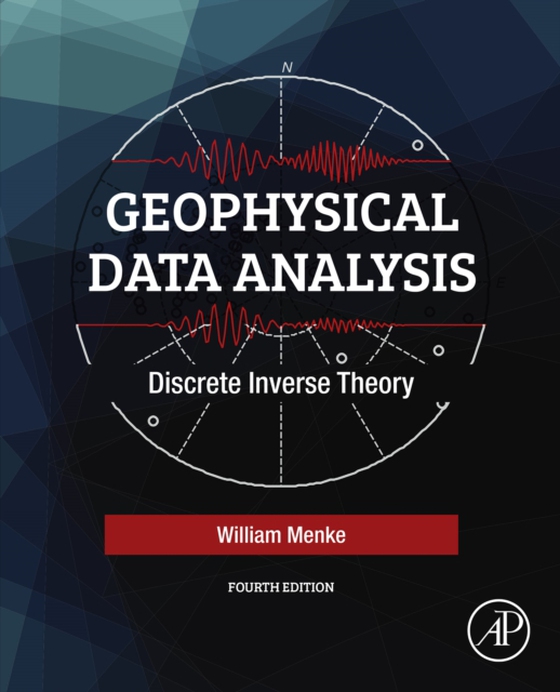
Geophysical Data Analysis e-bog
1276,86 DKK
(ekskl. moms 1021,49 DKK)
Geophysical Data Analysis: Diverse Inverse Theory, Fourth Edition is a revised and expanded introduction to inverse theory and tomography as it is practiced by geophysicists. It demonstrates the methods needed to analyze a broad spectrum of geophysical datasets, with special attention to those methods that generate images of the earth. Data analysis can be a mathematically complex activity, but...
E-bog
1276,86 DKK
Forlag
Academic Press
Udgivet
10 april 2018
Længde
352 sider
Genrer
PHVG
Sprog
English
Format
epub
Beskyttelse
LCP
ISBN
9780128135563
Geophysical Data Analysis: Diverse Inverse Theory, Fourth Edition is a revised and expanded introduction to inverse theory and tomography as it is practiced by geophysicists. It demonstrates the methods needed to analyze a broad spectrum of geophysical datasets, with special attention to those methods that generate images of the earth. Data analysis can be a mathematically complex activity, but the treatment in this volume is carefully designed to emphasize those mathematical techniques that readers will find the most familiar and to systematically introduce less-familiar ones. Using problems and case studies, along with MATLAB computer code and summaries of methods, the book provides data scientists and engineers in geophysics with the tools necessary to understand and apply mathematical techniques and inverse theory. Includes material on probability, including Bayesian influence, probability density function and metropolis algorithm Offers detailed discussion of the application of inverse theory to tectonic, gravitational and geomagnetic studies Contains numerous examples, color figures and end-of-chapter homework problems to help readers explore and further understand presented ideas Includes MATLAB examples and problem sets Updated and refined throughout to bring the text in line with current understanding and improved examples and case studies Expanded sections to cover material, such as second-derivation smoothing and chi-squared tests not covered in the previous edition
 Dansk
Dansk

